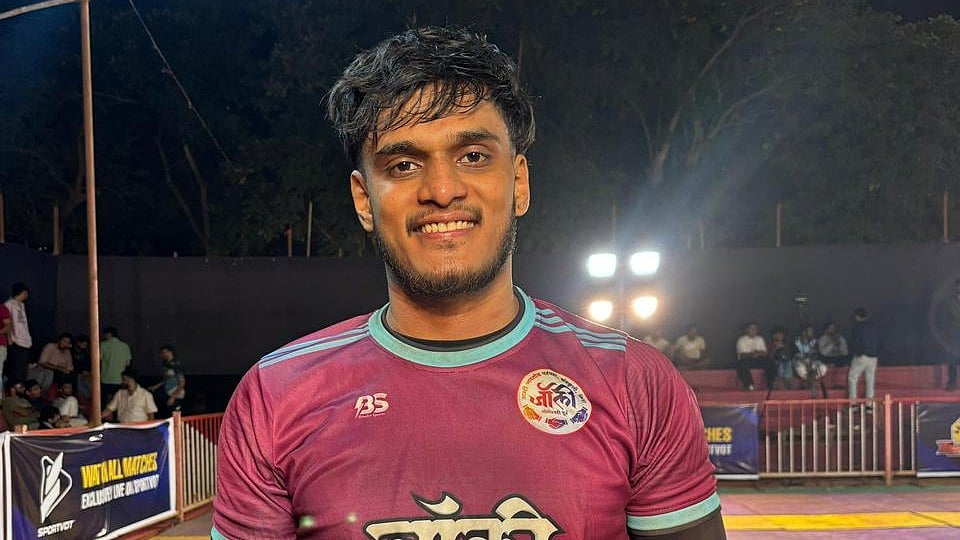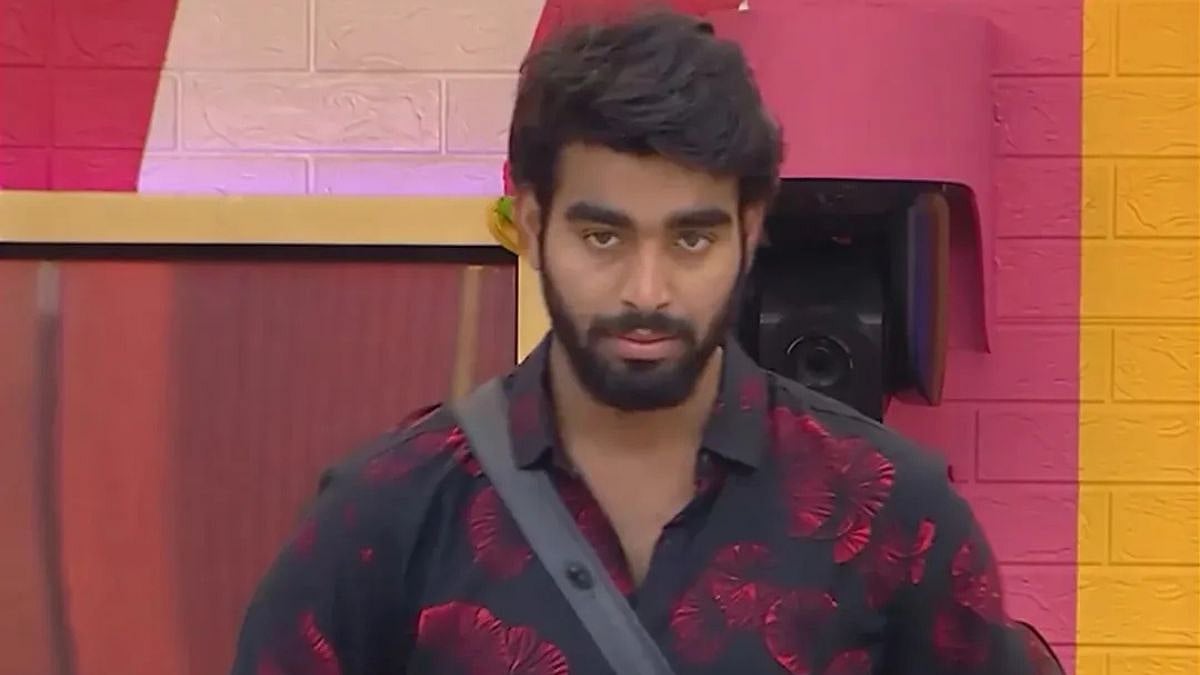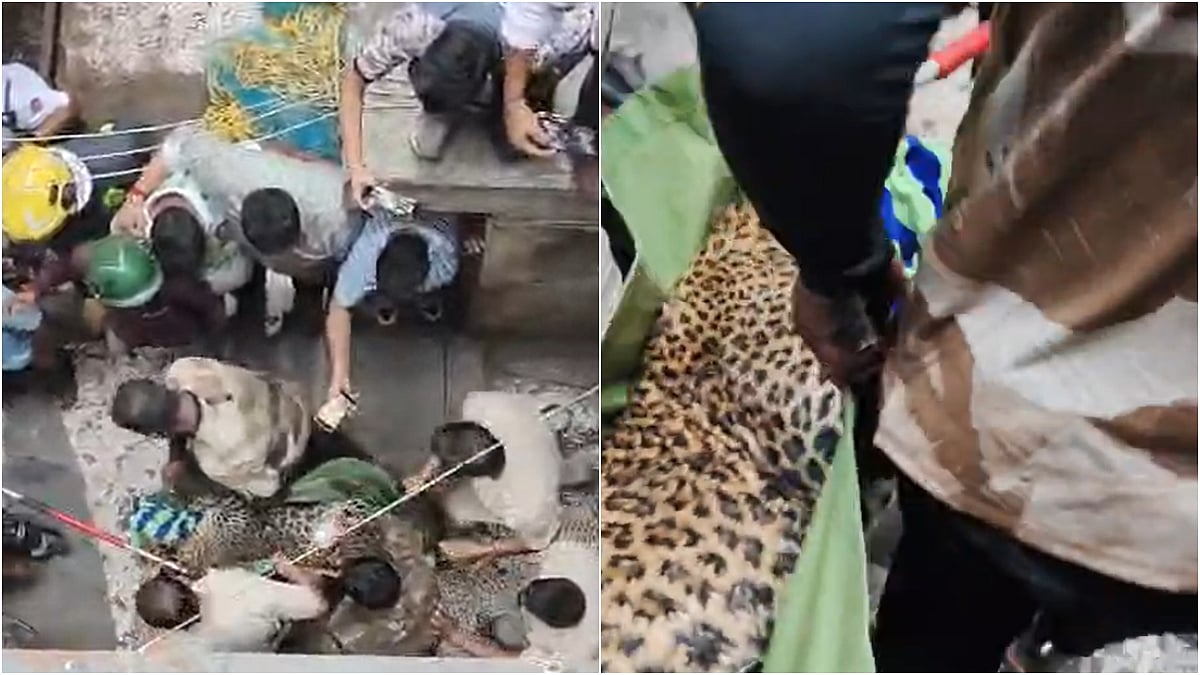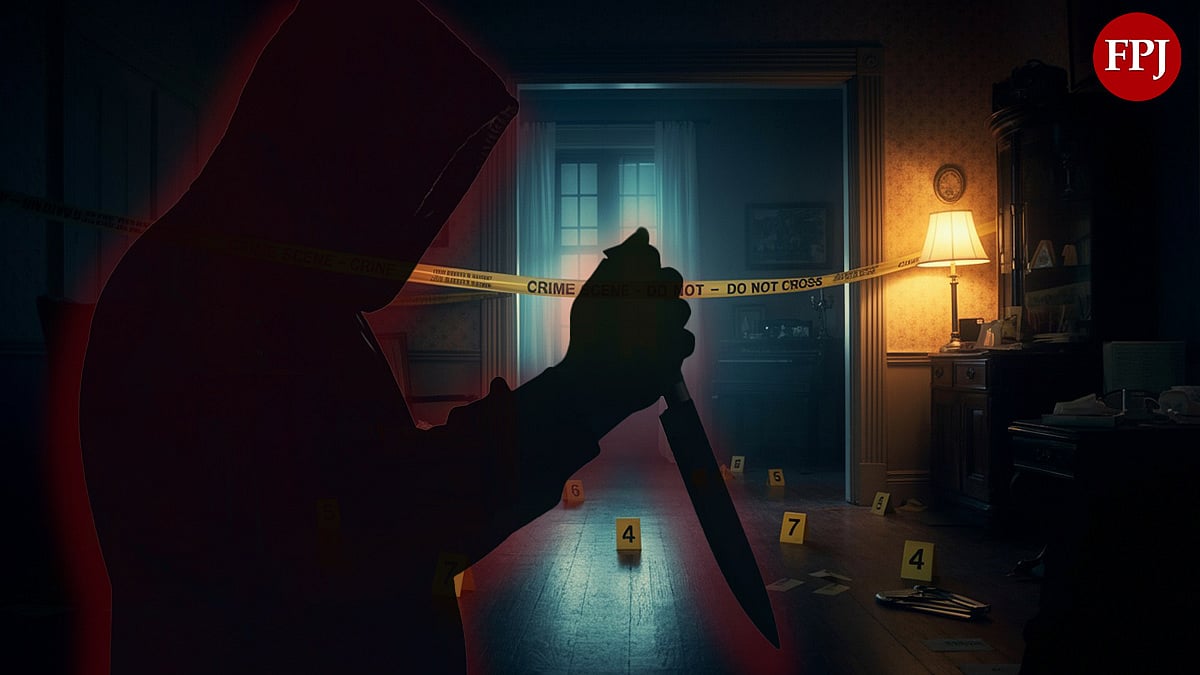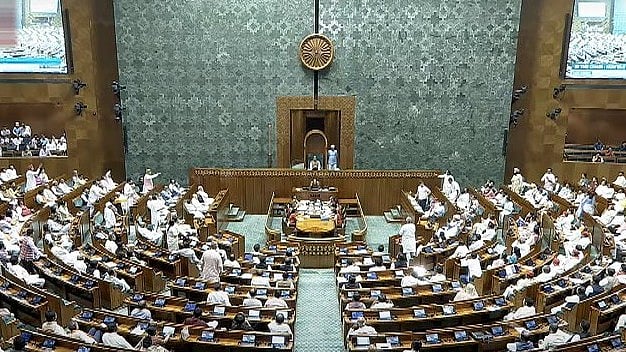It is India’s largest planned city but makes news only when Prime Minister Narendra Modi or Justin Bieber come calling. Otherwise, Navi Mumbai is just a poor cousin of Mumbai. It has to wait five years at least before it becomes a happening place; the optimistic estimate for the international airport to be completed.
Chief Minister Uddhav Thackeray was here recently to review the much delayed airport project but his visit hardly created a ripple. It is not only the airport, Navi Mumbai itself has been waiting for take-off since ages.
In fact, the story of Navi Mumbai is the story of tortoise transport projects, beginning with the vital bridges over the Thane creek between the two cities. The first one came up in 1973 at Vashi while the second at Airoli, the other end of the city, took another 26 years, opening in 1999.
Today, visitors marvel at Navi Mumbai’s railway stations, which are massive office complexes but the railways crossed the creek only in 1992, two decades after the first brick was laid for New Bombay, as it was then called. This was the booster shot the city needed. Its population almost doubled in the decade 1991-2001; going up from 3.87 lakhs to 7. 04 lakhs, a jump of 82 per cent.
Before this, the City and Industrial Development Corporation (CIDCO), tasked with creating Navi Mumbai, had a tough time populating it. Early settlers recall CIDCO officials hailing passersby and offering them a bottle of Coke in their sales office in Vashi’s Sector 1.
Navi Mumbai’s only metro line, from Belapur to Taloja, has been in the making for the last ten years. Logically, it should have run from Navi Mumbai to Mumbai, as it’s impossible to a board a train to Mumbai in the morning. The metro line from Mumbai too stops short of Navi Mumbai. Talk of Smart Cities.
In fact, Navi Mumbai was a disappointment for its planners, whose objective was to shift population and commercial activities from the old city to the new city in a manner that would be sustainable physically, economically and environmentally.
The new city was projected to gain two million residents and 7.5 lakh jobs from the 1970s through the 1990s. However, it was unable to attract business, forcing its residents to commute to Mumbai for work. The late J B D’Souza, chief secretary of Maharashtra and one of the prime movers of the idea of Navi Mumbai, famously dismissed it as the bedroom suburb of Mumbai.
Navi Mumbai even has a CBD (Central Business District), which was sold as the next Nariman Point, only to remain deserted, like Fatehpur Sikri. Of late, the CBD is seeing a revival. At night though, it turns into a dance bar hub, drawing tipplers from as far off as Pune on weekends.
The city has a swanky convention centre but it is used for marriages, saree exhibitions and the like. Despite this, CIDCO plans a CBD at Kharghar. Such hare-brained schemes earned it a reprimand last year from the Comptroller and Auditor-General of India.
Architect and town planner Shirish Patel gave his creation just 4/10 at a function to commemorate 25 years of Navi Mumbai, as it failed to live up to its promise of affordable housing. Today, one-fifth of Navi Mumbai lives in slums, compared with half in Mumbai.
Architect Charles Correa, another key planner, lamented that Navi Mumbai, like Mumbai, had been destroyed by market forces. In the ‘90s, CIDCO started auctioning plots, sending real estate prices skyrocketing. Today, it is a destination for investors.
In fact, the redevelopment game has begun in Navi Mumbai. So large and luscious is the redevelopment pie that it has brought big builders, unscrupulous politicians and corrupt officials to the same table.
In a classic case of state capture, CIDCO-built condominiums in prime areas such as Sector 9 of Vashi, which is just three-decades old, have been declared as dilapidated and in imminent danger of collapse. In fact, the NMMC is in a hurry to evict the tenants without any transit camps, putting the onus on the builder.
Navi Mumbai is also repeating the other follies (rather, lollies) of Mumbai, such as commercial complexes over bus depots and the slum rehabilitation scheme, with even lesser safeguards. The increased FSI this involves will change the character of the planned city.
Yet, as it approaches the half-century mark, Navi Mumbai is not an unmitigated failure. Unlike in Chandigarh, another planned city, people do not come here after they have made their money; Navi Mumbai is the city of the common man, the working couple and the pensioner. A 2010 CIDCO survey showed that the average family income in Navi Mumbai was Rs 25,000. The same survey revealed that 80 per cent of the residents owned their houses.
Navi Mumbai is half the size of Mumbai, with 6 per cent of its population. It occupies 344 sq km and has 1.3 million residents to Mumbai’s 603 sq km and 20.4 million. The figures speak of its untapped potential.
Flanked by the Parsik hills and an unbroken chain of mangroves, Navi Mumbai has ample open spaces, lagoons, gardens, tree-cover and an excellent road and rail network. This year, it was chosen as India’s third-cleanest city.
Assured water supply, uninterrupted power, piped gas, footpaths and covered drains, reasonably good schools and colleges, neighbourhood shopping centres, malls and multiplexes make it a livable place. Its public hospitals and bus transport though, need improvement.
Navi Mumbai almost got derailed because the Maharashtra government refused to shift the secretariat and other offices here. The state’s leaders were afraid that this move would make it easy for PM Indira Gandhi to declare Bombay a Union Territory, robbing them of their jewel. The fear still persists.
However, this has not stopped Maharashtra’s politicians from cornering huge plots in Navi Mumbai in the name of (capitation-fee) colleges and 'charitable’ hospitals; the D Y Patil stadium, where Justin Bieber performed in 2017, has come up on one such plot. Navi Mumbai’s home-grown politicians made a fortune simply by selling mud, stones and sand – on their own terms -- for reclamation and construction.
The good, the bad and the ugly of Navi Mumbai are a case study for a country with an urbanisation rate of 34 per cent.
The international airport promises to be a game-changer for Navi Mumbai. It will be accompanied by a slew of big-ticket infrastructure projects, including a metro line to the old airport at Santacruz.
Among the projects expected with the airport are the dedicated freight corridor to the nearby Jawaharlal Nehru port, the railway hub at Panvel, the 22-km Trans-harbour link from Sewri in Mumbai to Nhava Sheva in Navi Mumbai, the Uran-Navi Mumbai rail link.
Water transport should become a reality much before that with ro-ro boats ferrying cars as well. It takes half-an-hour by hovercraft from Navi Mumbai to the Gateway of India.
NAINA (Navi Mumbai Airport Influence Notified Area), an ambitious aerotropolis project in Raigad, will get off the ground and so will the multimodal corridor from Virar to Alibaug. Mumbai will then be truly integrated with its satellite cities.
The influx of global capital in the post-airport phase will also reduce the clout of the short-sighted local satraps.
It is now up to the generation that has grown up in Navi Mumbai and has a sense of belonging to the place to step forward and reclaim their city.
The writer is an independent journalist based in Mumbai.

